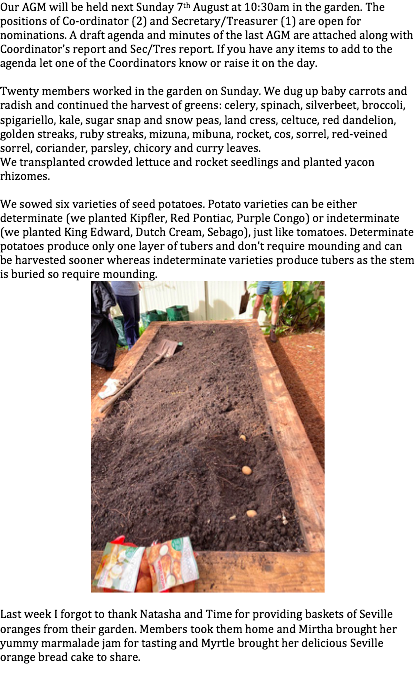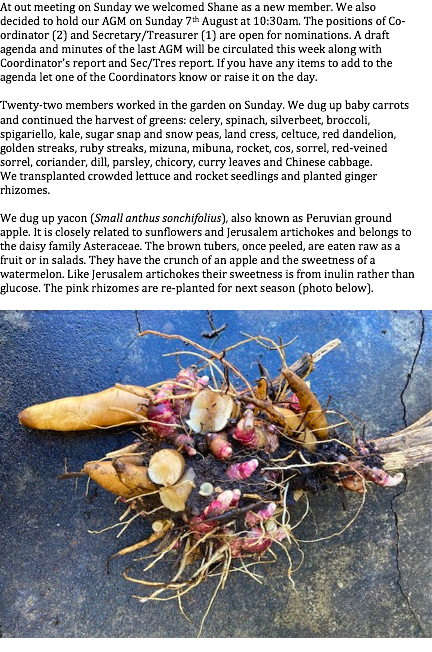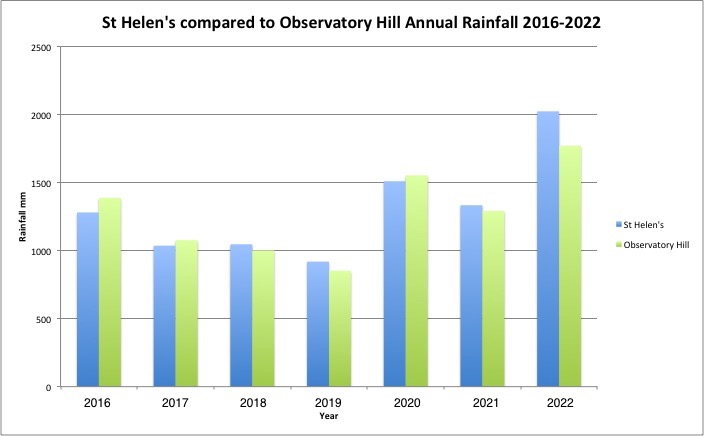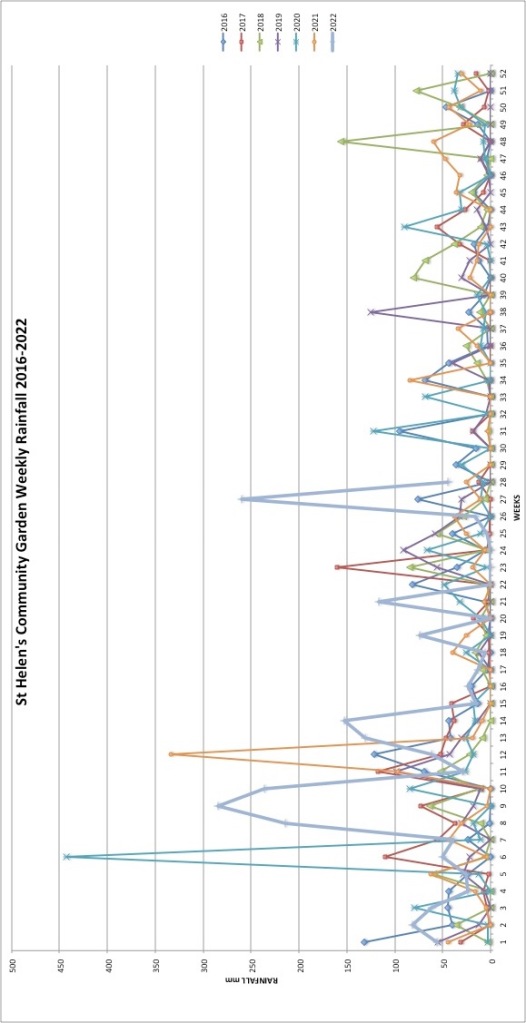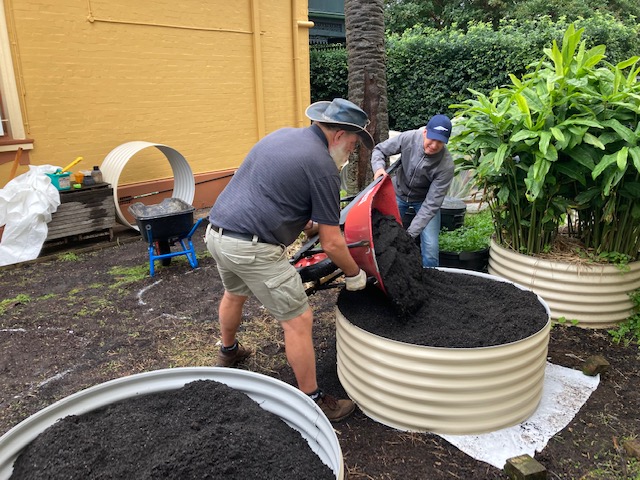On this fine and sunny work day, twenty-five adults and one child spent time in the garden working and socialising.
Most effort this week went into preparing various beds for spring planting. This involved harvesting the last produce from some plants before removing them, particularly some of the broccoli, rocket, some cos lettuce, mibuna and some mint and parsley. We also harvested various leafy greens, particularly lettuce and silverbeet. Old rocket was removed from among silverbeet to give the silverbeet a better run. Lettuce planted in three of the new tubs in the secret garden hasn’t done as well as expected. Jock suspects that the new soil used to fill those tubs might not have come with any added nutrients. The plants in those tubs were also planted a little close together. We thinned them out by about half and applied some Charlie Carp (a liquid fertiliser high in nitrogen) to improve the growth of the ones remaining.
Most ground that was cleared had blood and bone and compost forked in to add some nutrients before the next plantings. One bed identified through our pH testing as having mildly acidic soil (bed 7, pH of 5.5) also had lime added to reduce the acidity and hopefully bring the pH back closer to the preferred range of 6 to 7. The pH testing of the garden beds continues so we can try to keep the soil in the best pH range for growing our plants. The usual work of weeding, watering and applying worm wee was also not neglected.
The potatoes in the secret garden are the type that needs hilling, so that is becoming something to check regularly and do when needed.
Some more planting was done this week. French tarragon seedlings were planted where our previous tarragon plant had been. A few sweet basil seedlings were planted. Our plan of planting some sweet basil seeds in pots for members to take home and raise to seedling stage wasn’t done – maybe next week!
People who watch the broccoli carefully have probably noticed the brown edges on leaves of broccoli plants in some beds (bed 3 and secret garden bed 5, but not on the broccoli in beds 1, 8 and 14). A photo of an affected leaf is below. Is it caused by some disease or is it a nutrient deficiency?! Jock enlisted the help of expert horticulturists through the Australian magazine, Organic Gardener (a service you can use if you are a subscriber), and the answer was that it’s probably the result of a potassium deficiency in the soil. This problem is, fortunately, much easier to deal with than some nasty fungal disease, for example. We’ll need to add a potassium supplement to the affected beds and check the pH too.

Still on the subject of soil deficiencies, the Nagami cumquat tree (photo below) has quite a lot of yellowing on its leaves. This suggests some sort of nutrient deficiency that we’ll have to investigate. Some members commented that trees grown in containers like this need to be repotted completely after a few years, so that might be on the agenda too!

One point raised at our meeting was that it’d be good for people to take responsibility for plantings they do, whether of seeds or seedlings. The soil needs to be watered after planting and regular watering kept up during the week, particularly in warmer weather, so the seeds and seedlings don’t dry out. This doesn’t mean people “own” those plants (!), but just that they give those plants a bit of extra tender loving care.











